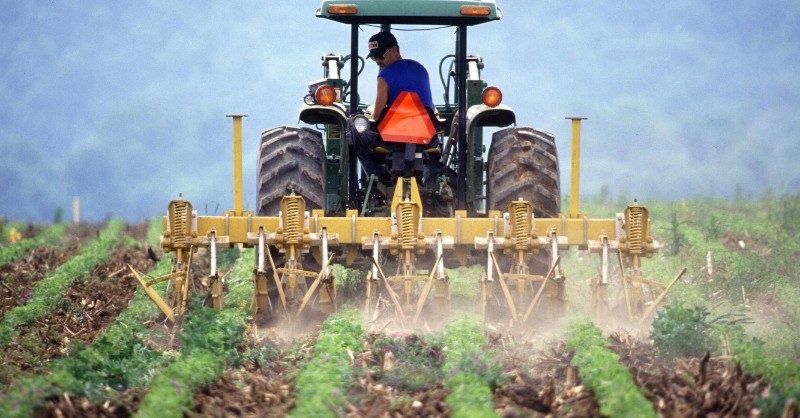From establishing the modern economy to bringing you home safely, Global Positioning System (GPS) is a key component to our everyday lives. More than four billion military, commercial and civil users worldwide connect with GPS’ valuable positioning, navigation and timing (PNT) signals.
And Lockheed Martin’s advanced, new GPS III is ready to launch the next generation of connection.
GPS III satellites are more powerful, incredibly resilient, incorporate an advanced civilian user signal (L1C), provide three times the accuracy than previous GPS satellites and are designed to evolve and incorporate new technology as it develops. Launch of the first GPS III satellite is scheduled for December 18 and our phones will receive an upgraded GPS signal from this satellite by the end of 2019.
Whether GPS is used for the military, farming, search and rescue or directions to a local restaurant – GPS delivers. Here are four ways you never knew GPS affects your everyday life.
We are a world on the move. Tracking, made possible through GPS, creates a more visible economy. Being able to locate packages, work vehicles and employees greatly increases efficiency and eliminates mistakes. We make sure our employees are on the correct delivery route, direct bulldozers and scout how many blocks away our pizza driver is from our front door. GPS makes all this – and more – possible.
When combined with geographic information systems (GIS), GPS revolutionized the agricultural industry. The technology is used in farm planning, field mapping, soil sampling, tractor guidance, crop scouting, variable rate applications and yield mapping. Farmers are better equipped to work in low-visibility conditions and have a more precise control on the use of pesticides, herbicides and fertilizers. All these capabilities reduce expenses, produce higher yield and create a more environmentally-friendly farm. Ultimately – producing fresher food for your table.

GPS is developed for and operated by the U.S. Air Force. Meaning, GPS was designed to keep us safe. While your family is tucked in and safe at night, GPS technology is providing an invaluable tool to our women and men in our armed forces who have the mission to protect us. GPS III’s significantly improved anti-jam ensures that our enemies cannot take away this tool when we need it most.
GPS has played a vital role in disaster relief. Search teams use GPS, GIS and remote sensing technology together to create maps of disaster areas for rescue operations. GPS also shows the best way to reach emergency service resources, disaster relief sites and medical services when people need them most.




